ایرانیان پیروز در عرصه جهانی
|
اميد كردستاني معاون ارشد سايت google |
|
|
|
فرزاد ناظم مدير فني سايت yahoo |
|
حسين اسلامبلچي رئيس شرکت مخابرات آمریکا AT&T |
|
خانم ماریا خرسند رئیس شرکت اریکسون |
|
فریار شیرزاد معاون وزارت بازرگانی آمریکا و دستیار ریاست جمهوری آمریکا در کاخ سفید |
|
پروفسور بیژن داوری معاون ارشد شرکتIBM بزرگترین شرکت سخت افزار کامپیوتر در جهان |
|
خانم کر یستینا امان پور رئیس بخش سی ان ان در آمریکا |
|
پروفسور محمد جمشيدي مدير برنامه هاي داخلي ايستگاه فضايي ناسا |
|
قاسم اسرار عضو هيئت مديره ايستگاه فضايي ناسا |
|
خانم آزاده تبازاده دانشمند ایستگاه فضایی ناسا |
|
پرفسور لطفي زاده استاد دانشگاه برکلی آمريكا و پدر منطق فازی کامپیوتر هوشمند و بنیانگذار نسل سوم کامپیوتر در جهان |
|
خانم انوشه انصاری رئیس موسسه تکنولوژی تل کام |
|
پرفسور مجید سمیعی رئیس جراحان مغز جهان در آلمان |
|
خانم فرح کریمی تنها زن ایرانی پارلمان هلند |
|
پيير اميديار موسس و رئيس شركتebay بنیانگذار تجارت الکترونیک در جهان |
|
پرفسور علی جوان، استاد دانشگاه MIT و مکتشف اولين ليزر گازی در جهان |
Iranian-Americans are also prominent in academia. According to a preliminary list compiled by ISG, there are more than 500 Iranian-American professors teaching and doing research at top-ranked U.S. universities, including MIT, Harvard, Yale, Princeton, Carnegie Mellon, the University of California system (Berkeley, UCLA, etc.), Stanford, the University of Southern California, Georgia Tech, University of Wisconsin, University of Michigan, University of Illinois, University of Maryland, California Institute of Technology, Boston University, George Washington University, and hundreds of other universities and colleges throughout the United States.
|
Iranian-Americans among most educated groups in the U.S. |
According to a recent factsheet released by the Iranian Studies group at MIT (ISG) in Cambridge, MA, an independent academic group focusing on social, economic and political issues of Iran and Iranians, the Iranian-American community is among the most educated ethnic groups in the U.S. Based on the census ancestry data, Iranian-Americans have the highest percentage of people with graduate degrees among the 67 ancestry groups covered by the census. More than 26% of Iranian-Americans have Master's degrees or higher, many of them Ph.Ds or MDs. According to the 2000 census, there are 338,000 individuals of primary and secondary Iranian ancestry living in the U.S. at the moment. Many community members argue that this number may not represent all of the community, given that the troubled relationship between the U.S. and Iran in the last 25 years has made many Iranian-Americans are uneasy at identifying themselves with their country of origin. The factsheet released by the ISG also highlights the median income-levels of Iranian-Americans, which according to census data are around 20% higher than the national average. The report also emphasizes the role of Iranian-Americans in the U.S. economy, where they have founded or serve in leadership positions in many Fortune 500 companies such as EBay, Verizon, AT&T, Intel, Cisco, Motorola, Oracle, Nortel and Lucent. The value of these companies exceeds US$ 1000 Billion According to a preliminary list compiled by the ISG research team, there are hundreds of Iranian-American academics teaching and doing research at top-ranked universities such as MIT, Harvard, Yale, Princeton, University of California System (Los Angles, Berkeley, Irvine, San Diego), Stanford, USC, Georgia Tech, University of Wisconsin, University of Michigan, University of Illinois, California Institute of Technology, Boston University, University of Maryland, George Washington University, and hundreds of other universities and colleges throughout the United States. The ISG is also preparing a report on the issue of Iranian-American community participation in the 2004 Presdiential election, and how the community can increase its presence in the American political system. Many community concerns such issues of discriminations against parents and families of Iranian-Americans coming for a visit to the U.S., issues of student visas for Iranian nationals, and the effective ban on Iranian academic publications in U.S.-based professional and scholarly journals could be resolved through direct and open dialog with policmakers. In interviews with the ISG, many community members have argued that the troubled relationship between the governments of the U.S. and Iran should not result in economic and social restrictions that only affect the population of Iran and have little effect on the government of Iran. A more comprehensive report on the Iranian-American community is being prepared by ISG, and is intended to be published in April 2004. Visit Iranian Studies Group Factsheet on Iranian-Americans @ http://web.mit.edu/isg/Factsheet%20on%20Iranian-Americans.pdf



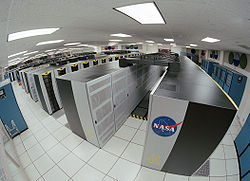




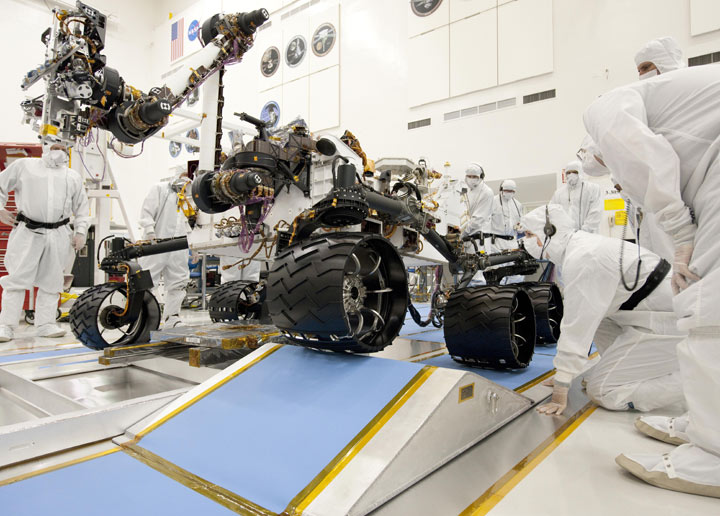


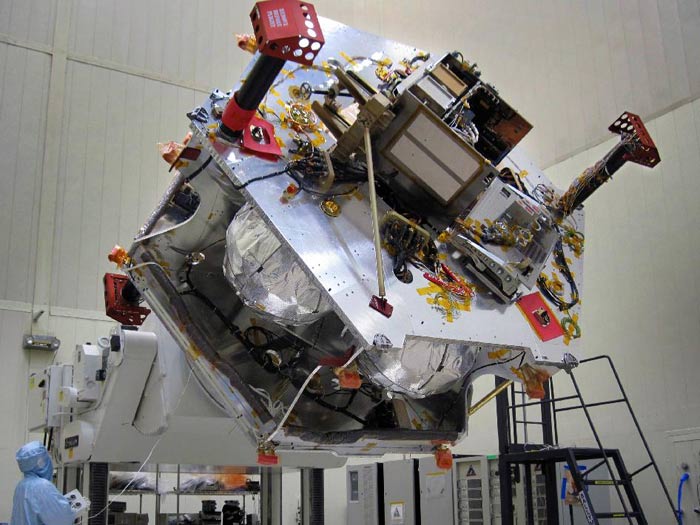
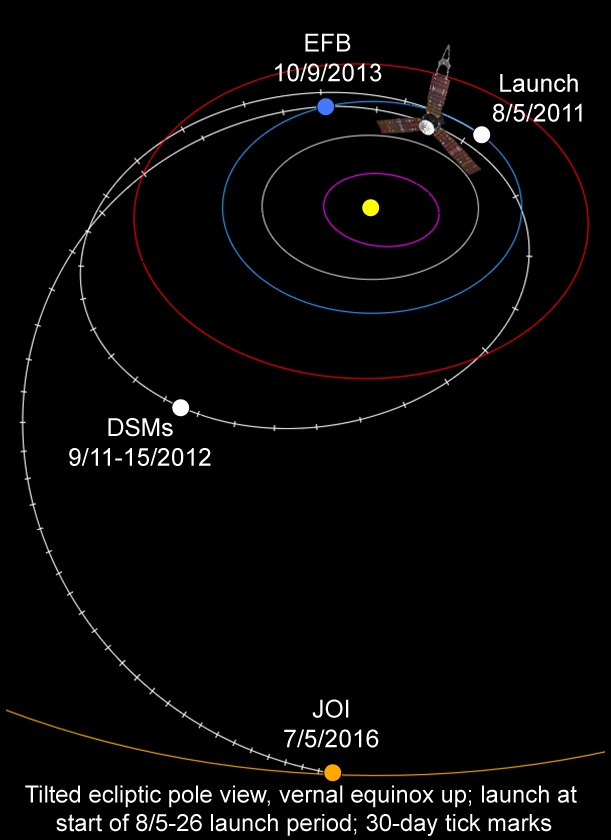
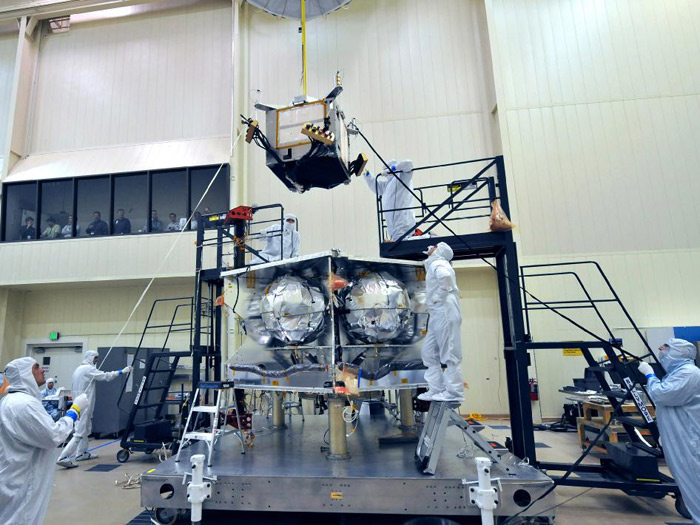

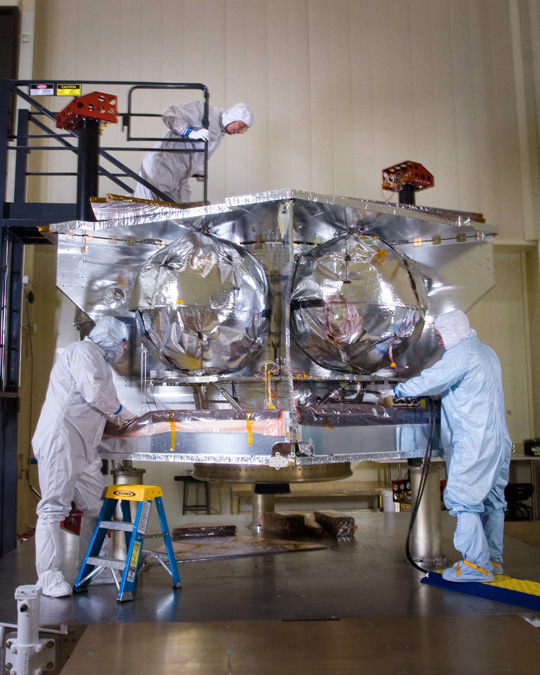
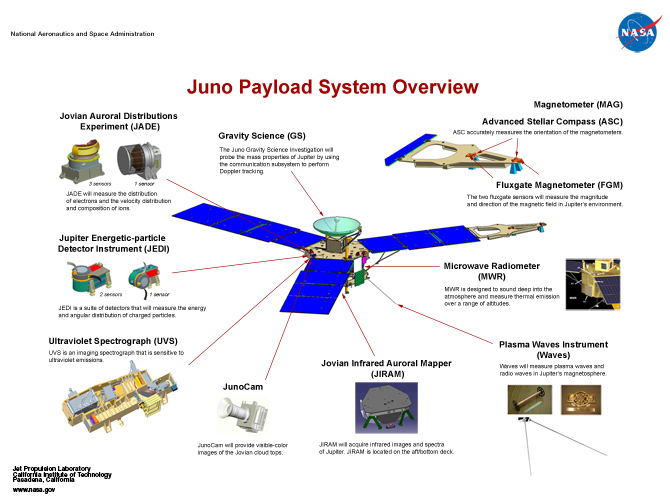


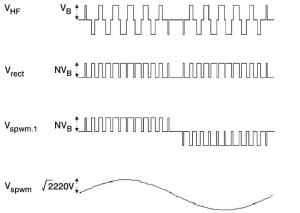

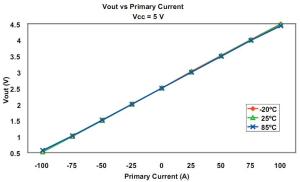
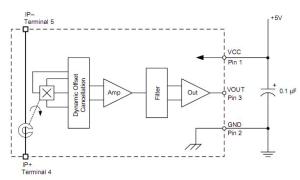


















 خوش مشرب
خوش مشرب مژه بلند
مژه بلند لب قرمز
لب قرمز چشم سبز
چشم سبز البته از نوع روبوتيکی
البته از نوع روبوتيکی آن از هفته آينده کار خود را در دفتر پذيرش کالج سلطنتی لندن آغاز خواهد کرد.
آن از هفته آينده کار خود را در دفتر پذيرش کالج سلطنتی لندن آغاز خواهد کرد.
